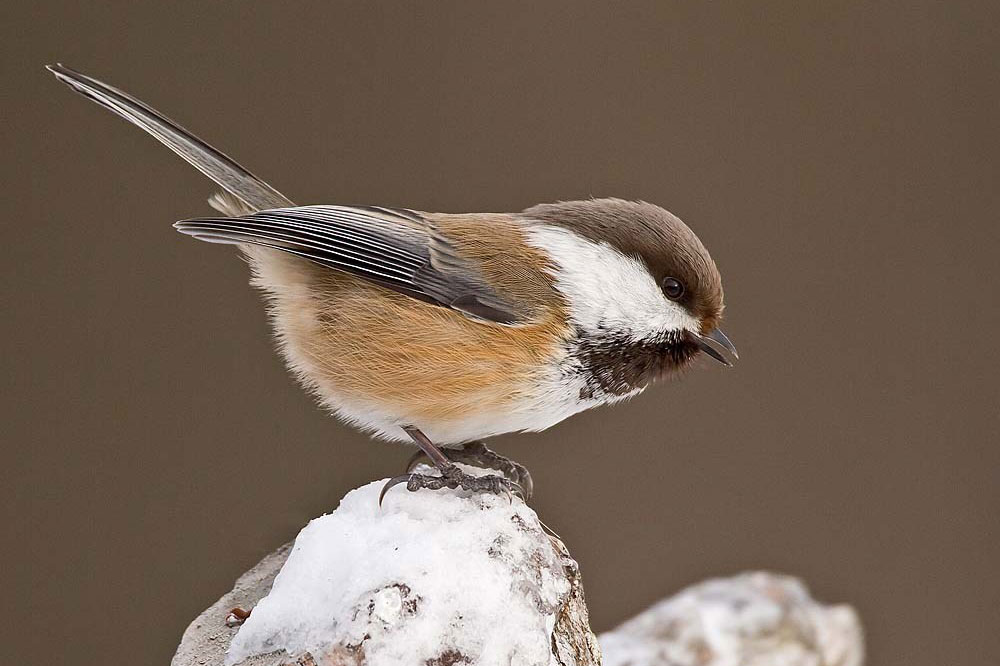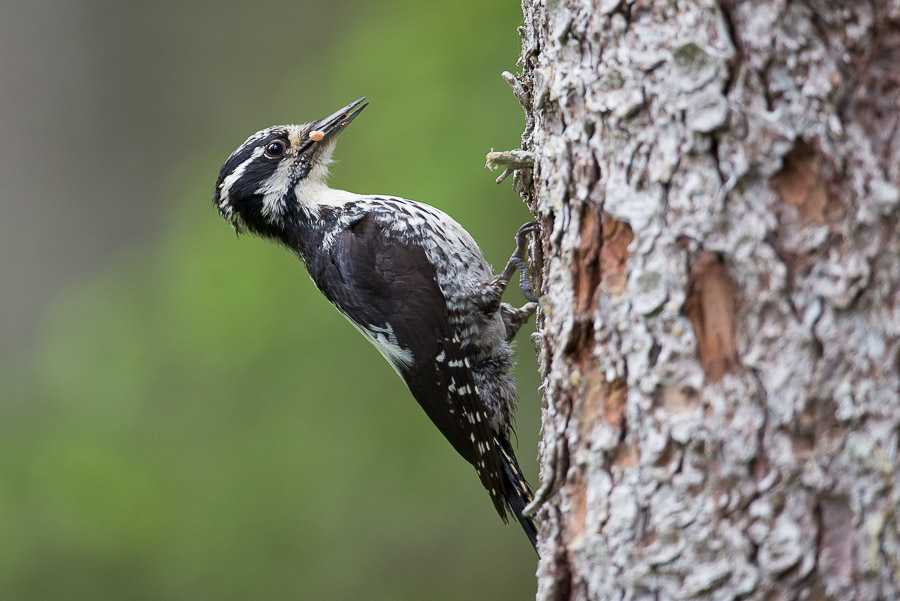Forestry endangers Sweden's boreal woodland birds
A new study from Birdlife Sweden has shown that many of Sweden's woodland bird species are seriously threatened by forestry.
The Birds of Sweden 2019 report focuses on woodland birds and emphazises that the inventory of Sweden's key woodland habitats must be resumed and extended, forest landscapes protected and that the forest industry needs to start using more sustainable logging methods.

Siberian Tit is in trouble in Sweden, and may well disappear from vast swathes of the country if forestry methods do not become more sympathetic towards wildlife (Garth Peacock).
Swedish Bird Monitoring and Birdlife Sweden have extensively surveyed the occurrence and frequency of forest birds around the nation. Montane forest populations were compared to those at lower altitudes, and the results showed that many of Sweden's woodland birds are in decline, especially in lowland areas – and, more specifically, many species need varied forest habitat with high conservation value in order to survive.
According to the report, Siberian Tit, Siberian Jay, Eurasian Three-toed Woodpecker and Pine Grosbeak are four species which stand out from the rest. Nowadays, each occurs mainly in the mountain forest region, since this is where forest remains virgin, unblemished by human activity. Previously, these species also frequented the boreal forest region, but now most of Sweden's boreal forest has been clear-cut and turned into plantations, making survival difficult for these old-growth specialists.
The study said: "The limited occurrence of these species below the mountain range area, especially of Siberian Tit and Pine Grosbeak, implies that these birds are remnants from a time when the forest landscape generally offered good habitats and living conditions. If that is the case, Siberian Tit and Pine Grosbeak will most probably die out from extensive parts of northern Sweden if large areas of natural forest are not restored."

Eurasian Three-toed Woodpecker is another old-growth specialist which suffers when plantation-based forestry is introduced (Terje Kolaas).
Inventories of key woodland habitats must be resumed in north-west Sweden and larger forest landscapes protected, according to the report. Between 2000 and 2018, 55,000 hectares of key woodland habitats were logged in the western parts of northern Sweden. Similar logging is taking place right across the country, which Swedish conservation NGO, Protect the Forest, has continuously reported on.
In a statement, Birdlife Sweden commented: "The forest industry can no longer argue that all is peace and quiet just because plantations are allowed to grow in a larger proportion of Sweden's landscape compared to in the 1990s. Now the forest industry needs to start using sustainable forestry methods which support biodiversity."
The full report can be read online here.

